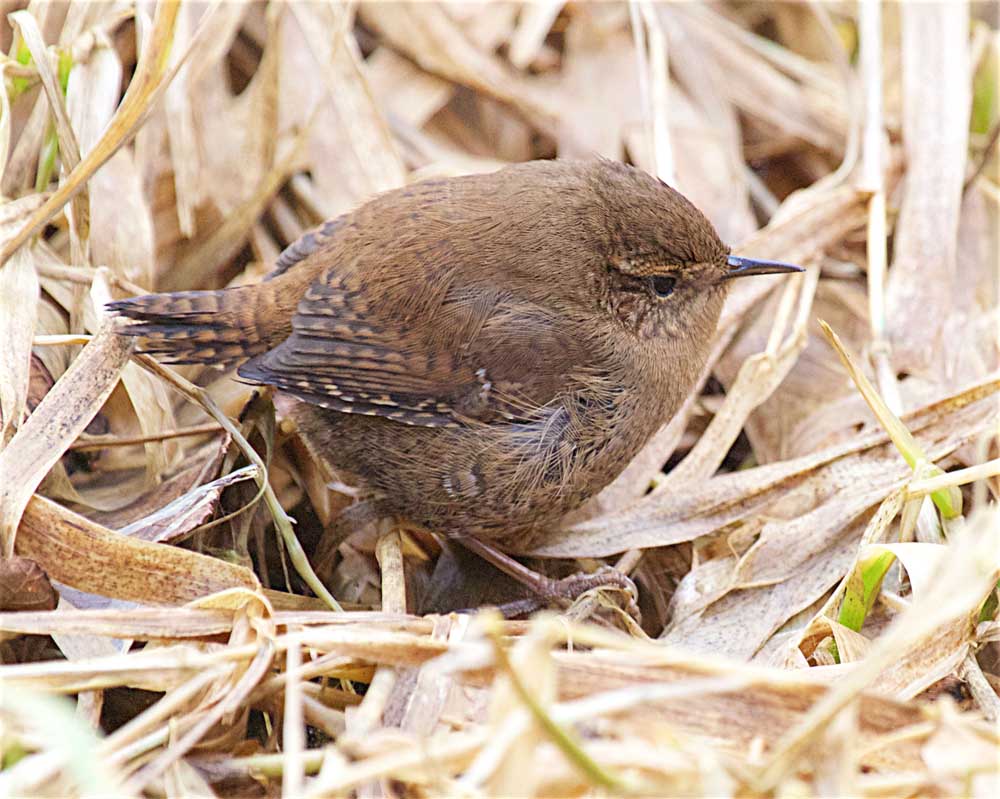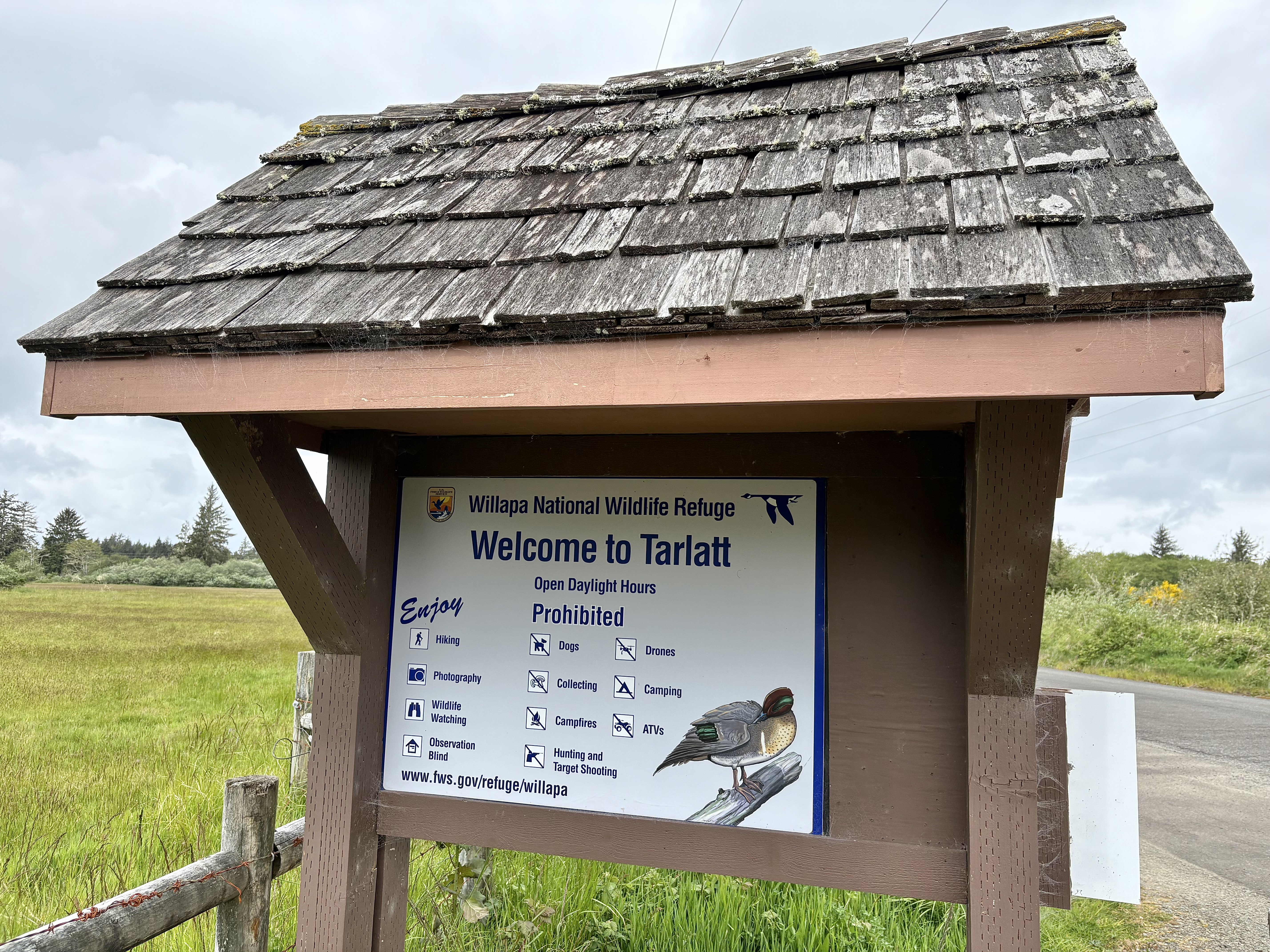Birdwatching Pacific wren: Singer extraordinaire
Published 9:01 am Tuesday, March 15, 2016

- Pacific wrens flock together for warmth when coastal temperatures drop.
By Dr. Madeline A. Kalbach
Trending
For the Observer
In a few week’s this tiny little songbird’s thin, but loud, melodic trill will ring out across the airwaves signaling a new radio spot on KMUN. Four friends of the Willapa National Wildlife Refuge are writing three-minute spots on the flora, fauna, history and geography of the refuge.
The Pacific wren’s song was chosen as our flagship call because it is a common, permanent, resident on the Peninsula and on the refuge. Anyone who takes a walk on one of our woodland trails in spring and summer will hear this beautiful songster!
Trending
It was thought by scientists that the eastern wren and the western wren were the same species, called the winter wren. In 2010 the Pacific wren was declared a separate species from the winter wren when it was determined that the two populations did not interbreed.
It is a small brown bird with a dark bill and a short, stubby tail that sticks up almost straight in a typical wren like posture. The Pacific wren is a skulker. It likes to creep along the forest floor foraging for insects, insect larvae, spiders and millipedes. When not foraging for a tasty meal it is often singing its heart out from a perch, especially in the spring. Its song is remarkably loud for such a tiny creature. It is about the same size as our rufous hummingbird.
A cool fact about the Pacific wren is that it will gather with other Pacific wrens to roost if the temperature drops. Cornell reports that not long ago 30 Pacific wrens were found roosting in a nesting box in Western Washington.
The Pacific wren can be found on the refuge or the Peninsula in mixed or coniferous forests where it especially enjoys a thick understory for foraging and breeding. There have already been reports of Pacific wrens singing on territory in these kinds of habitats. Two recent sightings were at Leadbetter and Cape D. This means it should also be singing at Teal Slough, Greenhead Slough and Tarlatt.
Sometime in April, The Pacific wren will sing out from KMUN. Listen for it and learn about the Willapa National Wildlife Refuge and then take a walk in the refuge to see whether you can identify the song of the Pacific wren.









